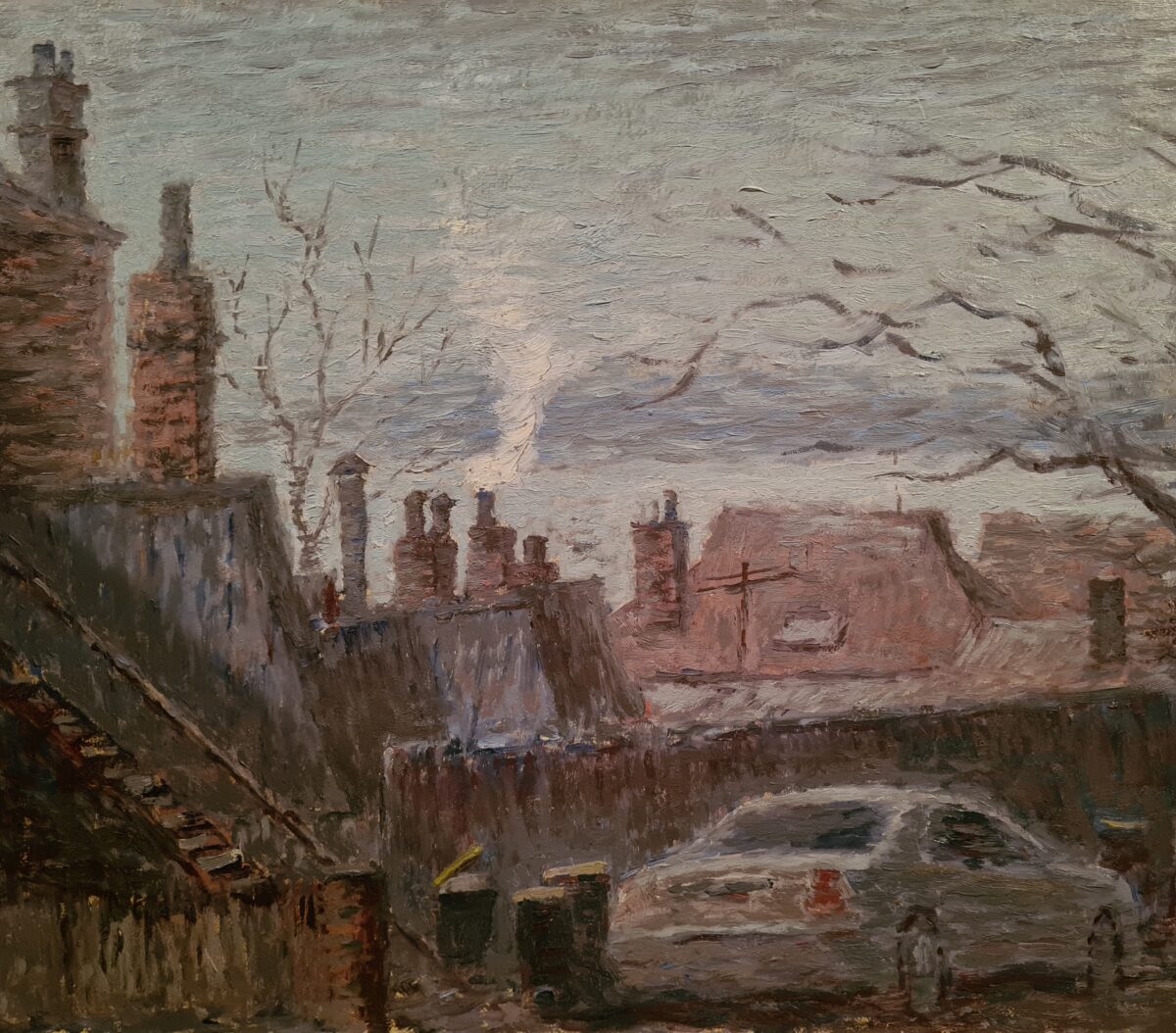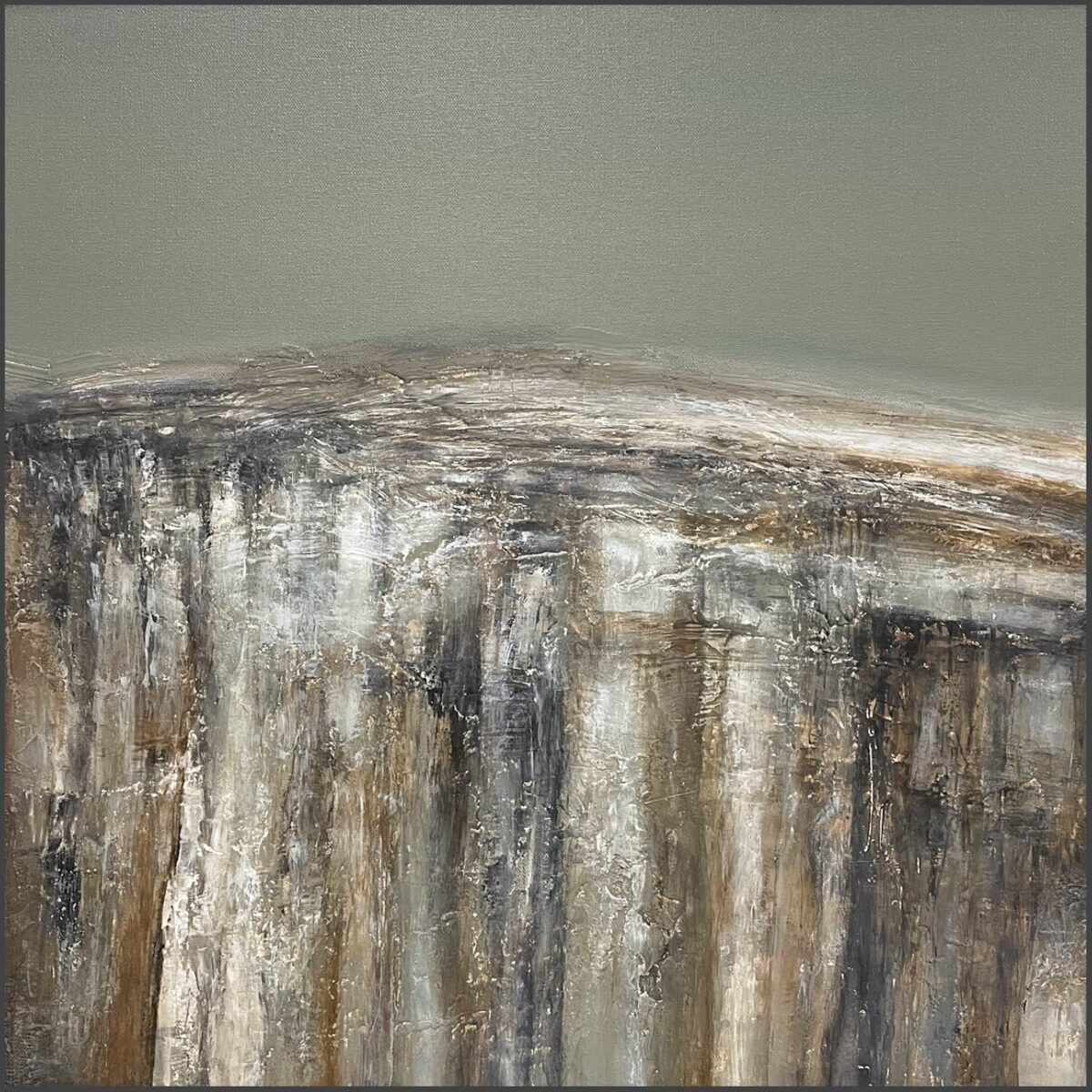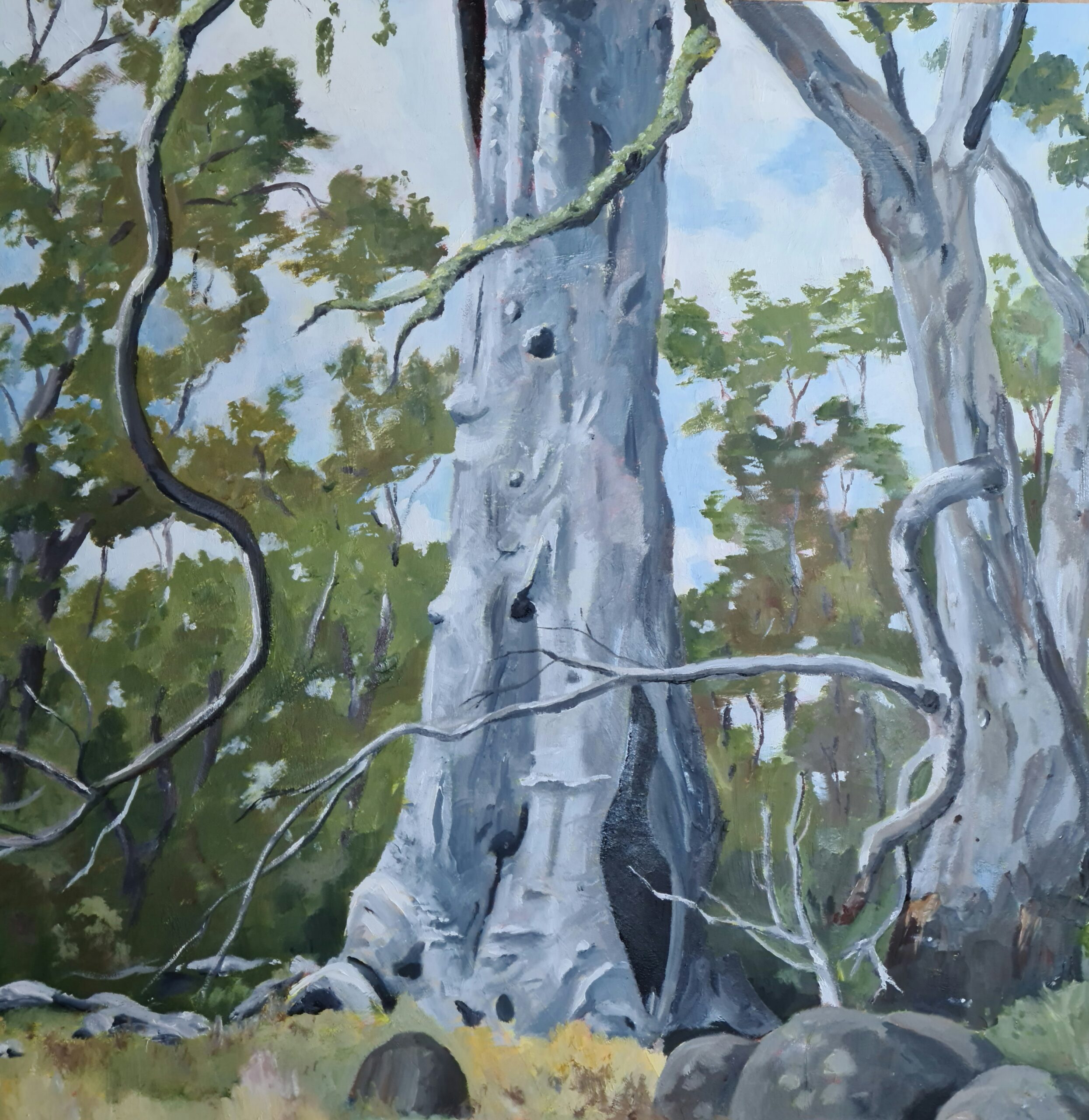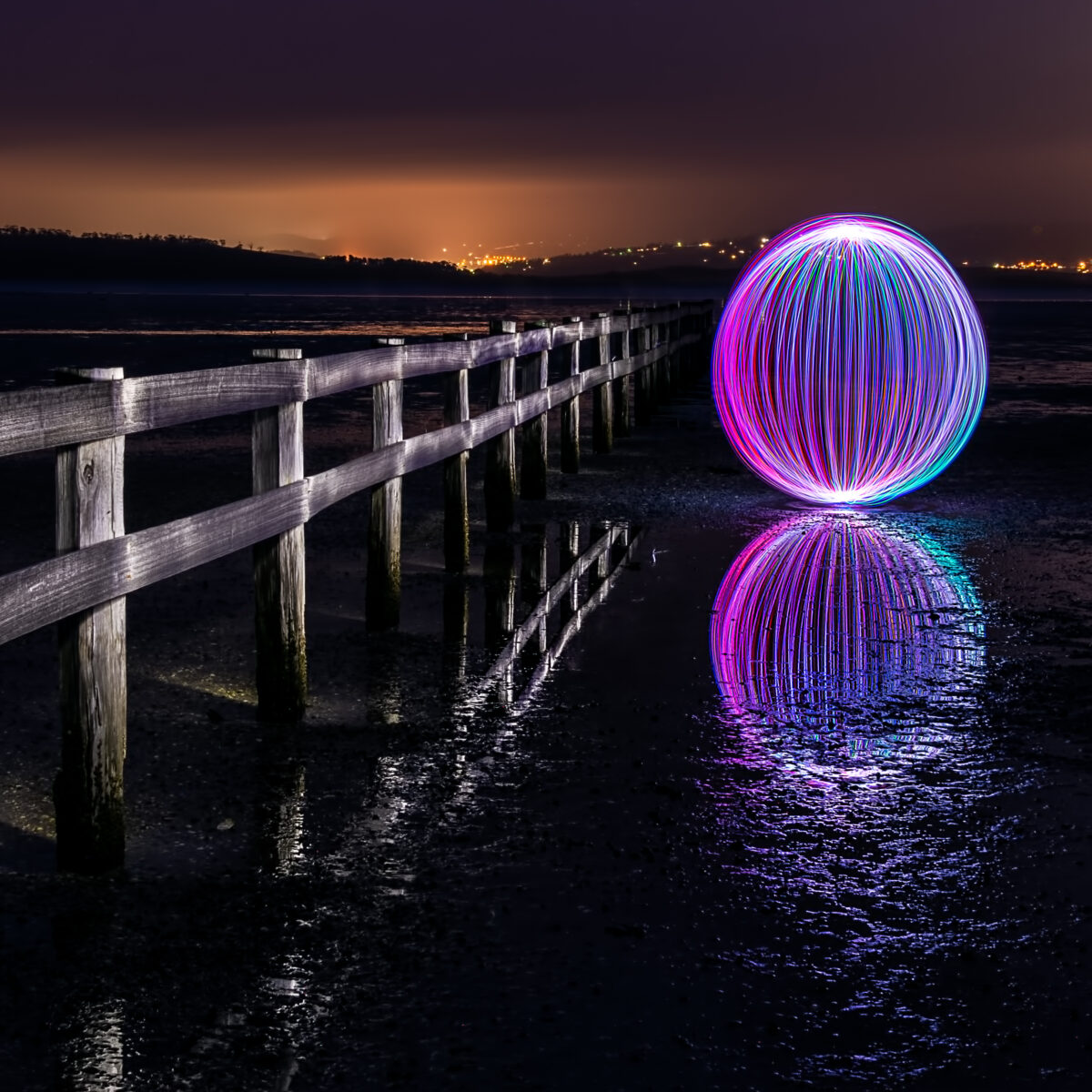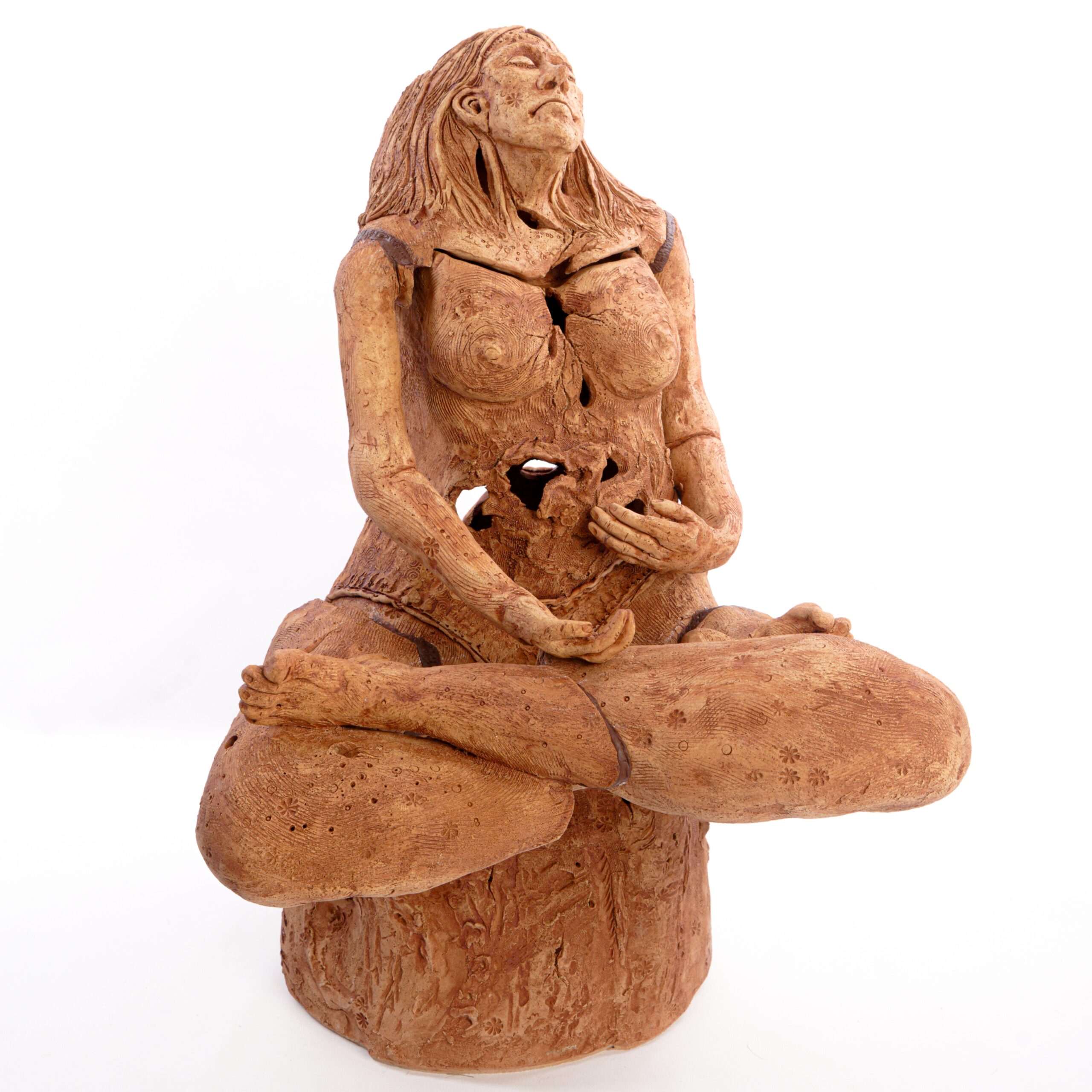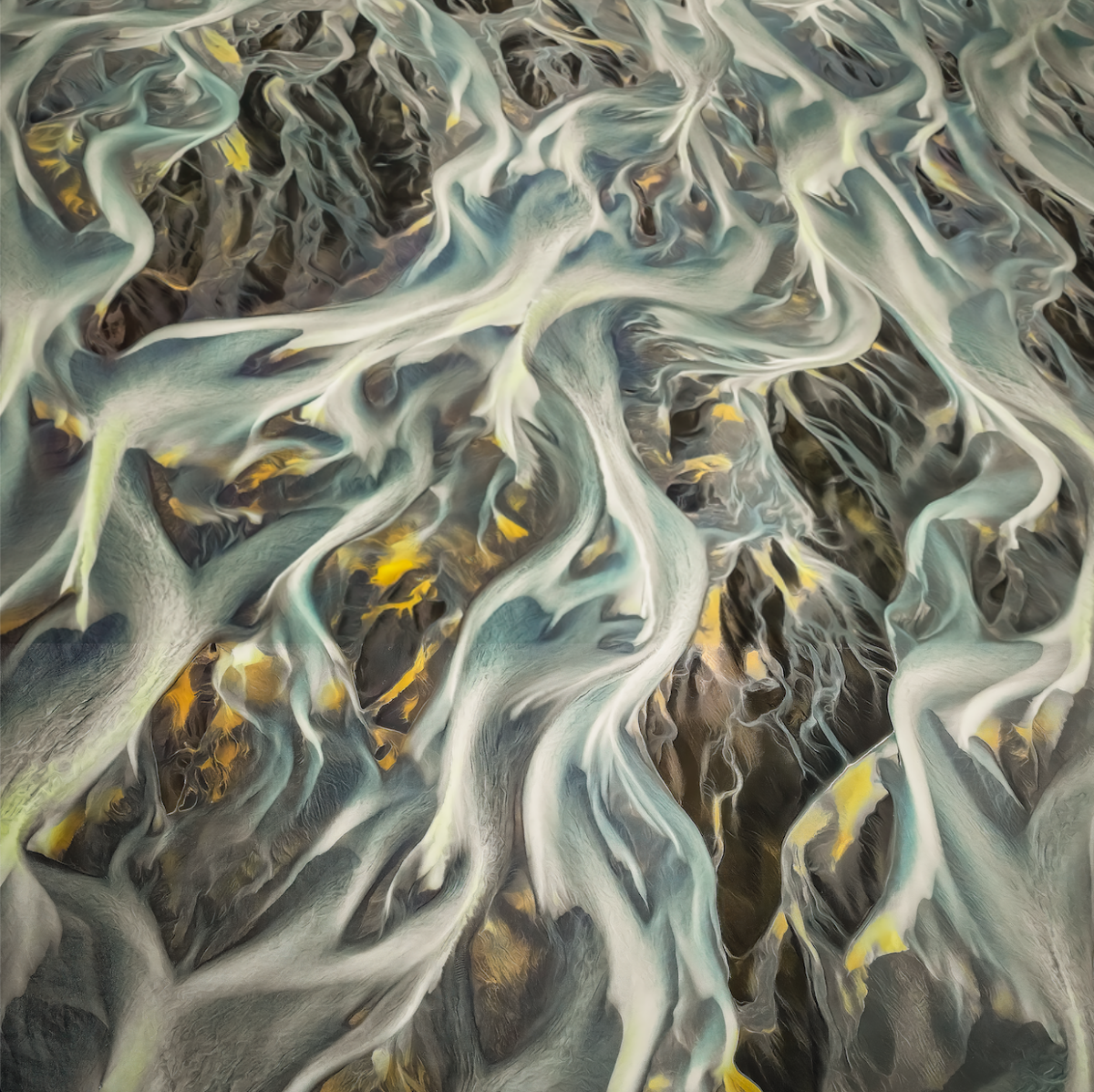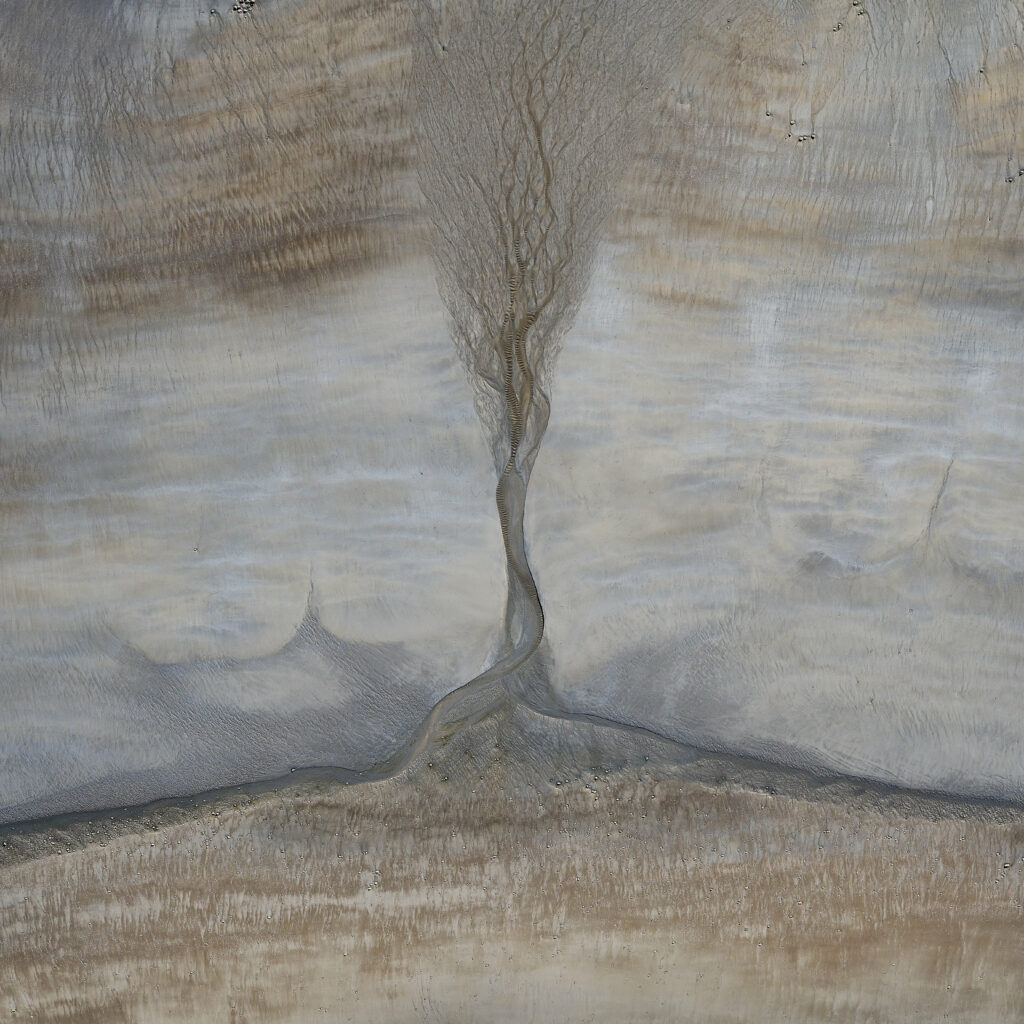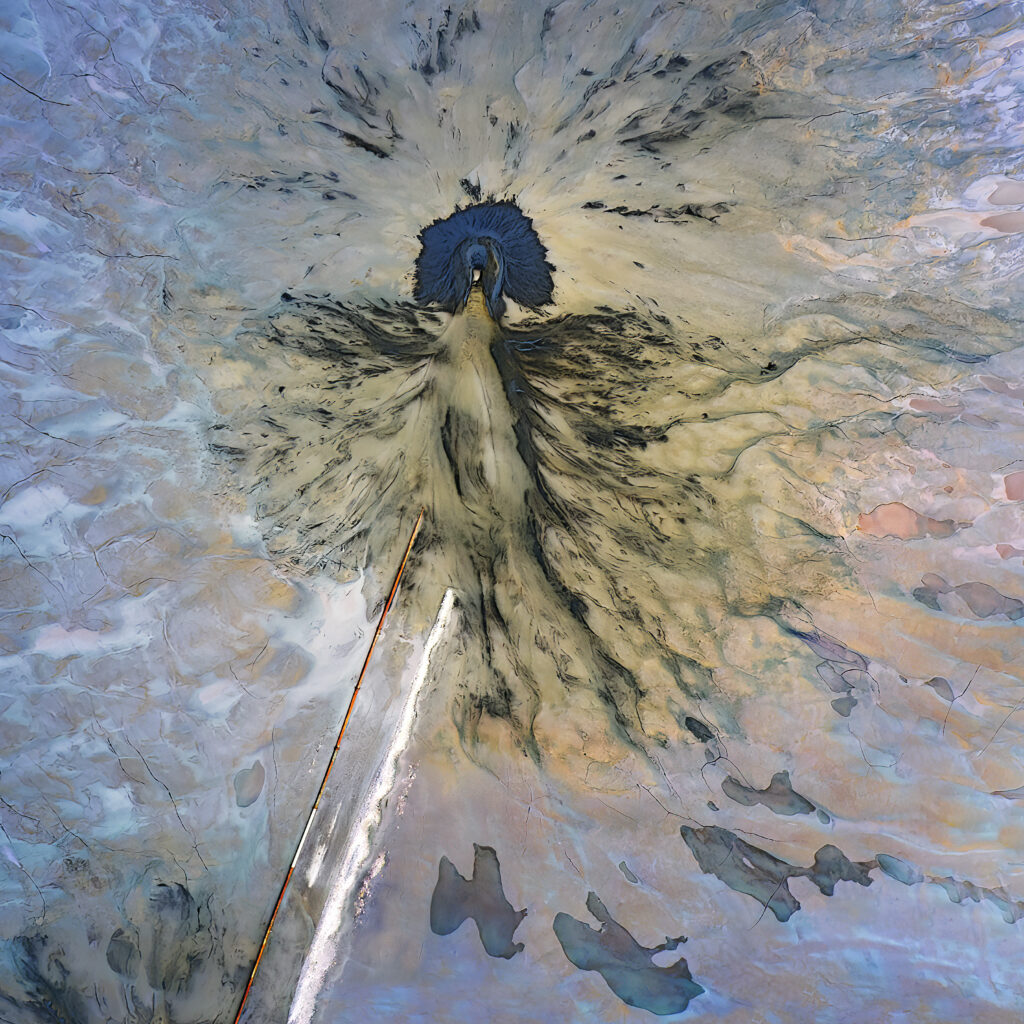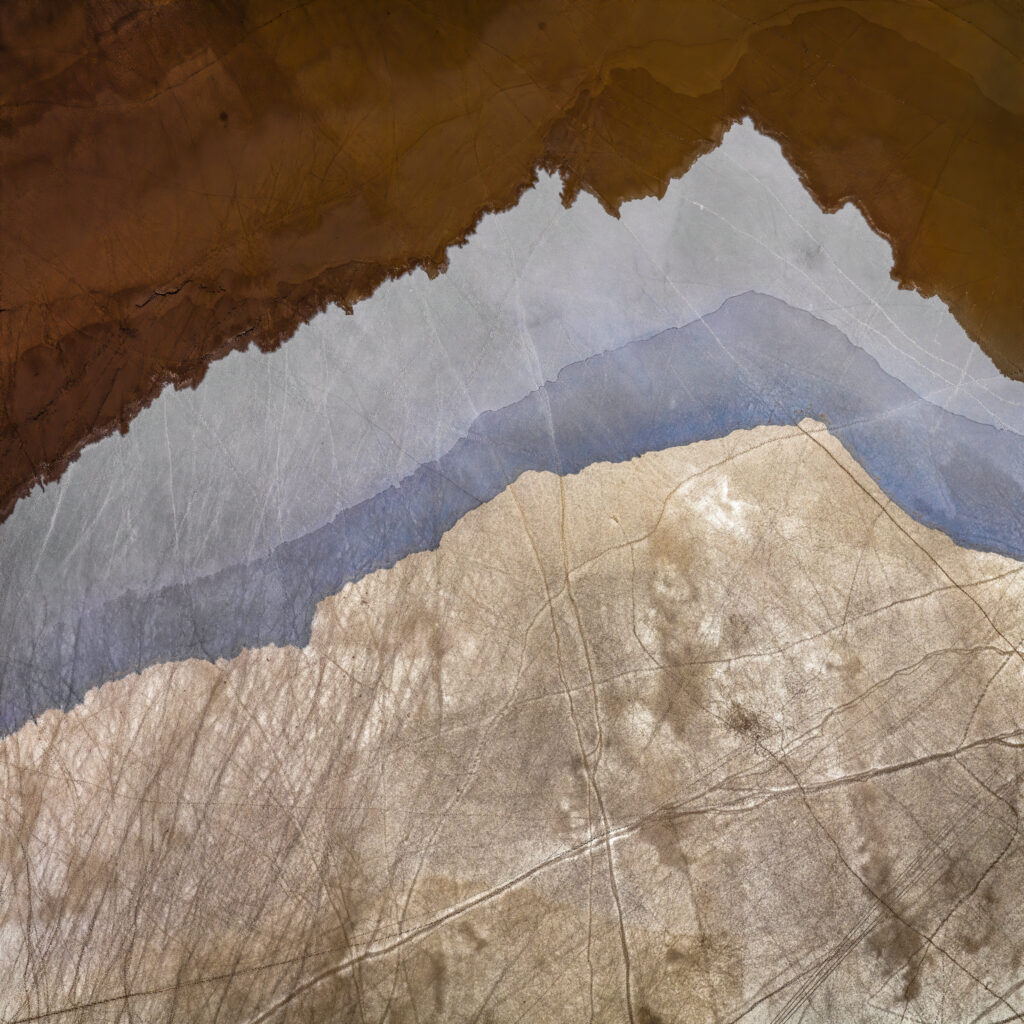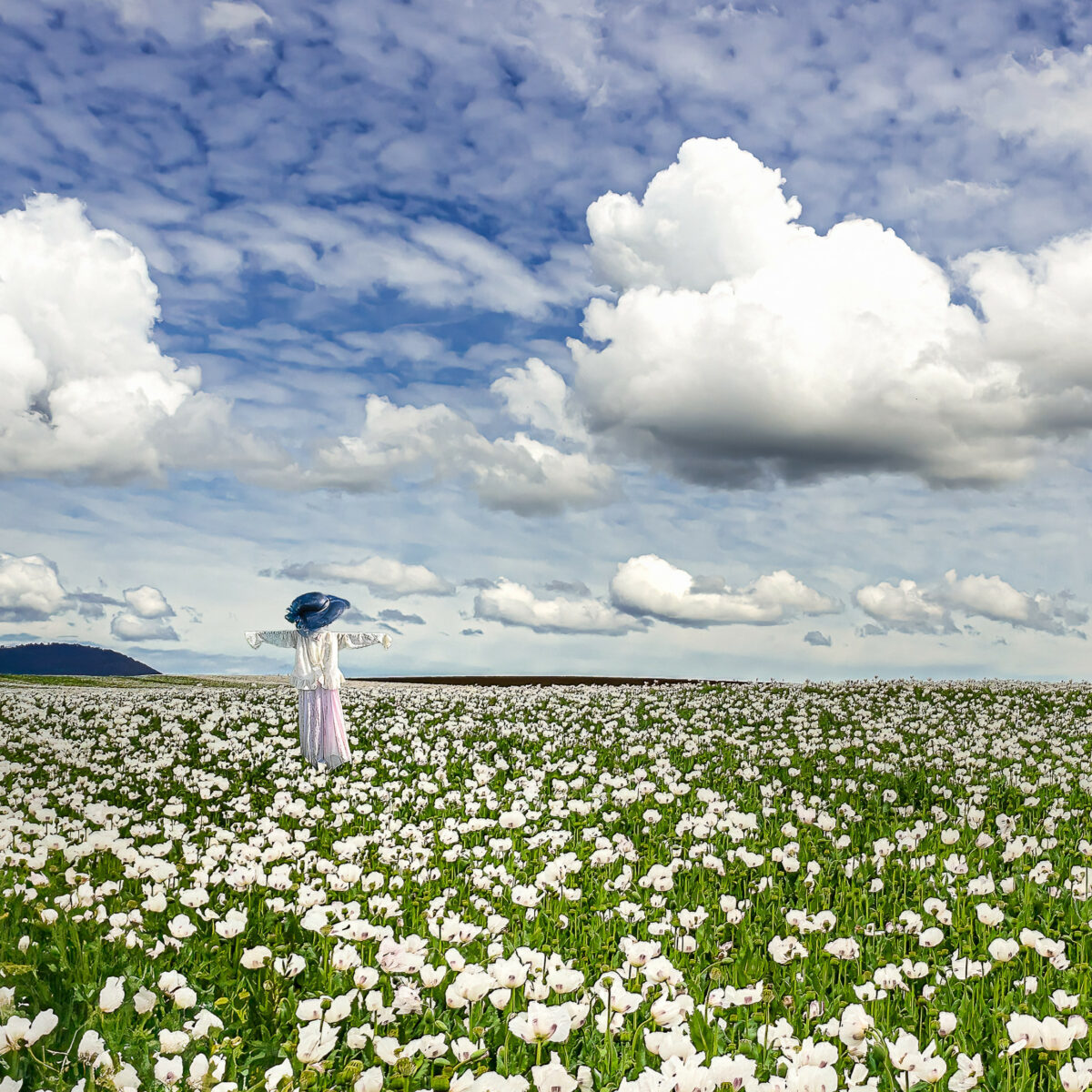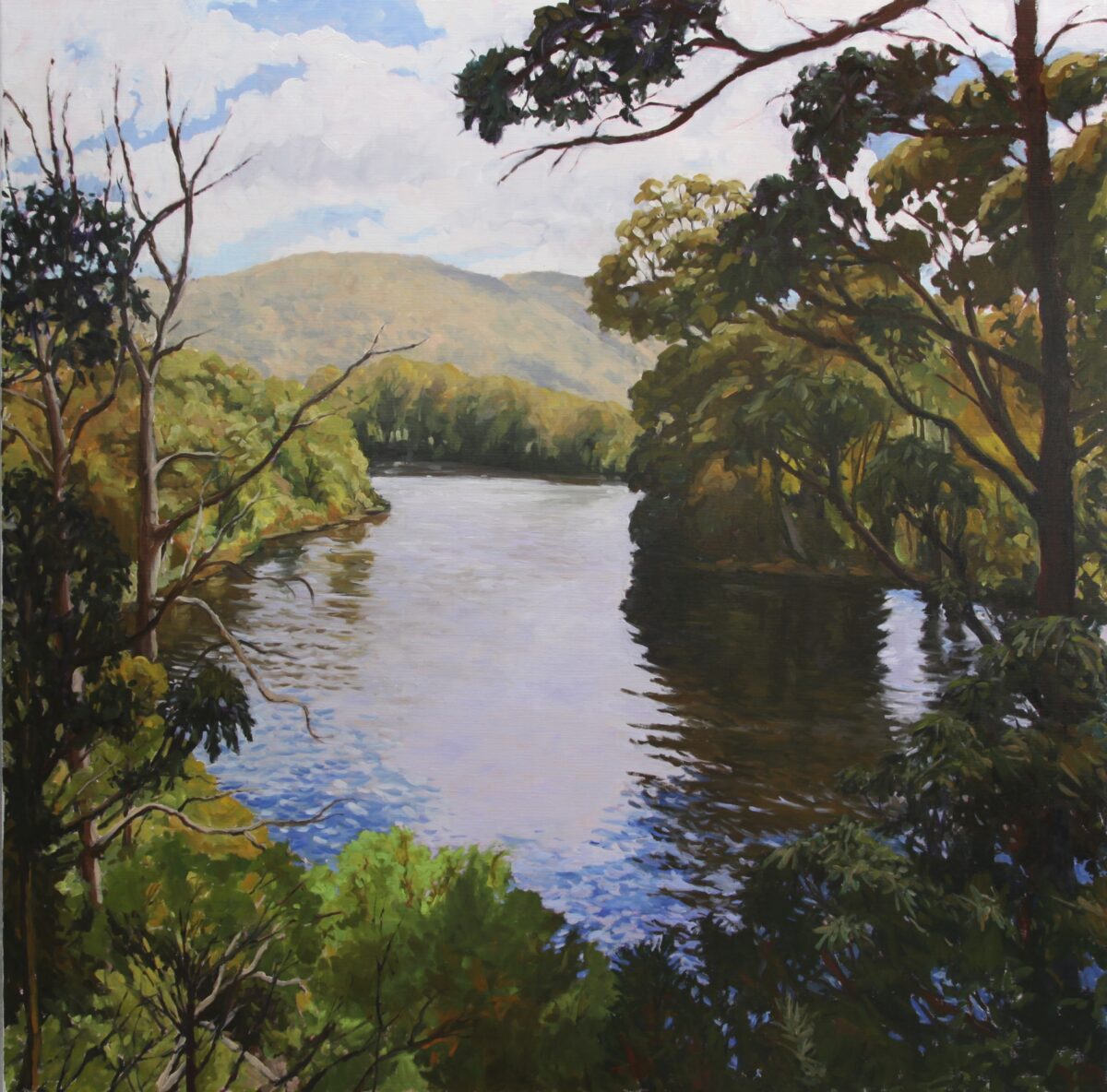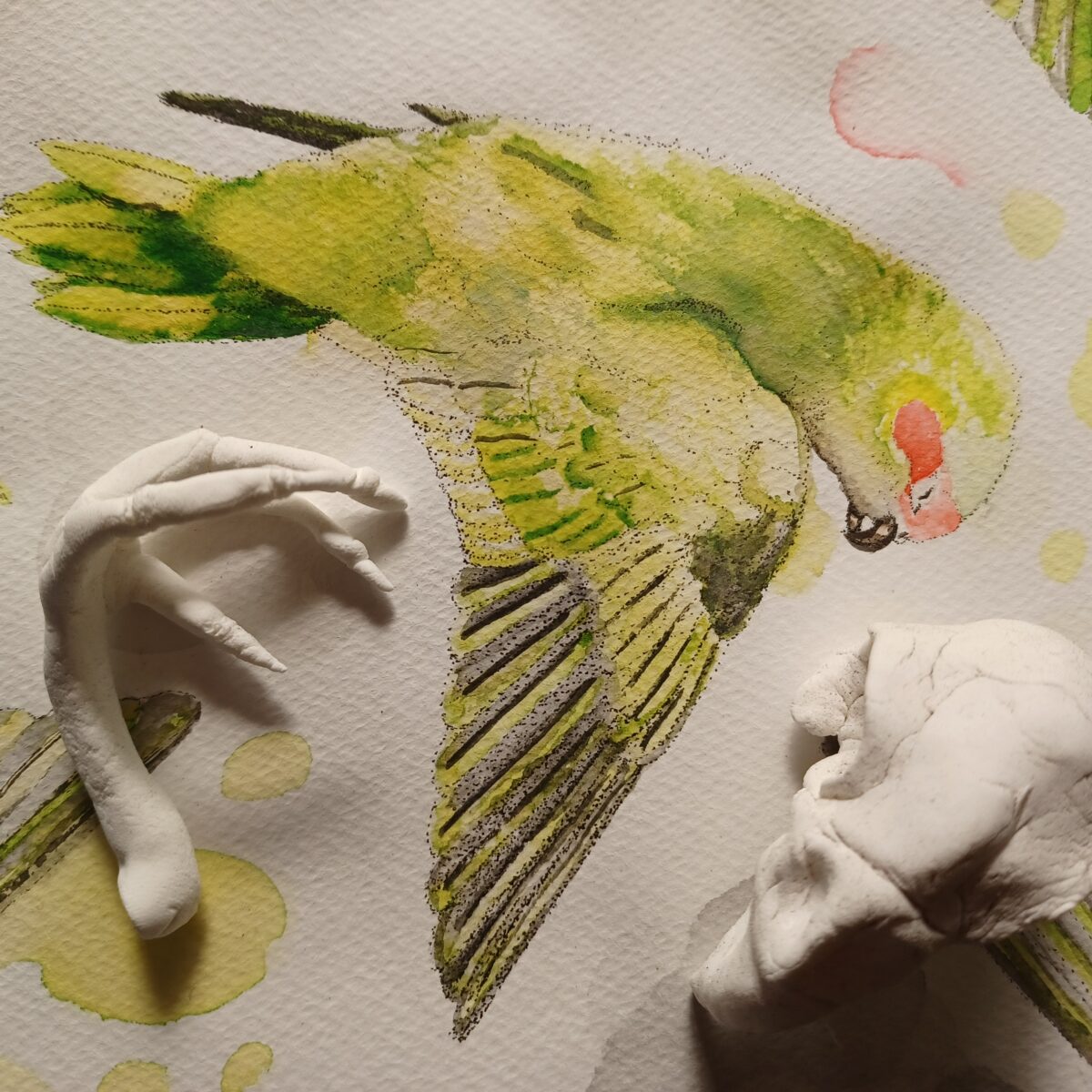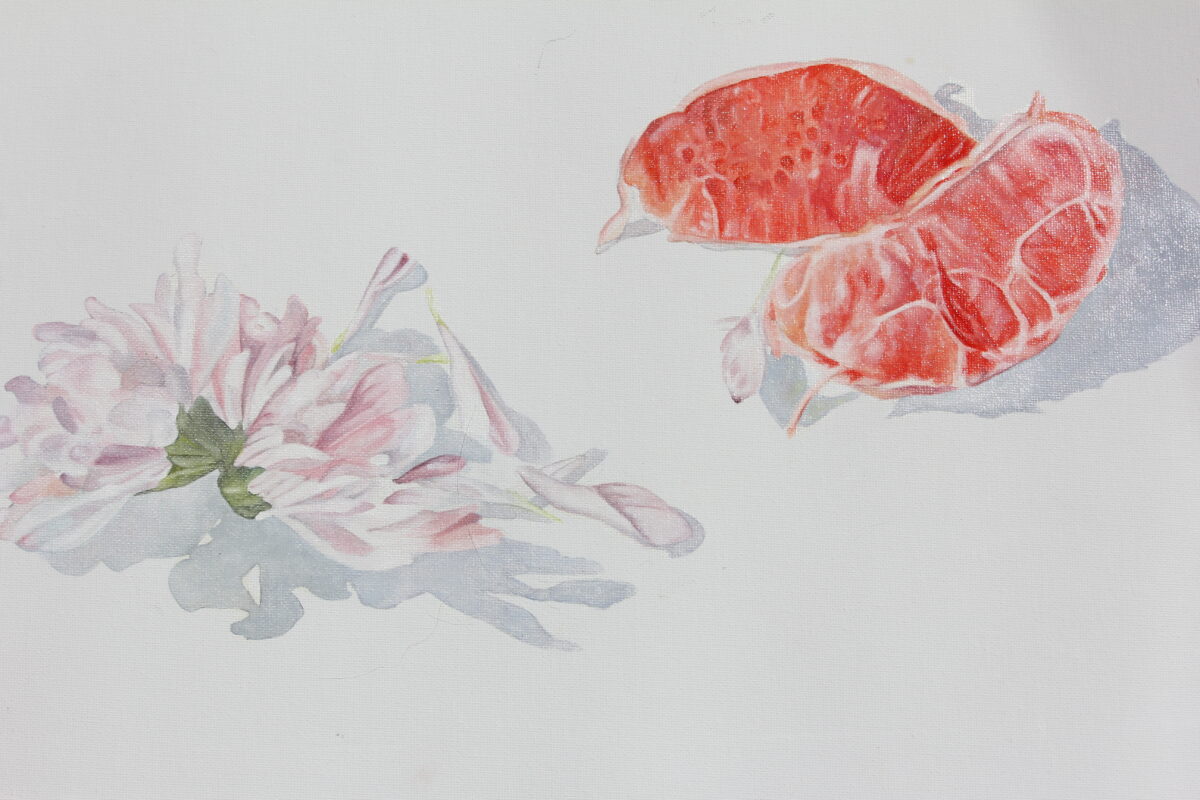Opening event: Feb 29 – 5.30pm
Daily opening times:
Feb 28 – Mar 4, 2024
10am – 5pm
Variations to daily times:
Fri 1st March open 10am – 3pm
Mon 4th March open 10am – 12pm
Walk through various initiation life points with award winning, visual and ceramics, Tasmanian artist Lee-Anne Peters, as she takes you on a transformative journey of healing, depth, connection, sound and light.
Featuring Lee-Anne’s earthy and organically formed sculptures, characters and colourful paintings depicting transformation, healing, death, birth, ageing, fun and mystery.
Journey in, and be greeted by a line of Lee-Anne’s popular and fun Dragon Character Jars.
The Dragons are a symbol of initiation as they are the keepers and guardians of this ‘rite of passage’ into the unknown.
The back area of the gallery will feature Lee-Anne’s brilliantly white porcelain ‘hanging curtain’ – resembling bones as well as flowers, seed pods, twists and turns.
Gently part this curtain with great sacredness, and enter into the quiet and dimly lit area featuring Lee-Anne’s major exhibition work. It’s a very large floor lamp called: ‘Light Shining from Within (Lamp)’.
This is a large sculpture of a lady, formerly broken into pieces and assembled with cracks, gaps and crevices shining light outward in patterns that dance across the room. She is a symbol of light, renewal, recovery, hope and strength.
You’ll also discover: thought-provoking paintings, an indoor water feature, ‘grandmother flower pot and vase’ collection, flowing forms, inspiring cups and other unique and surprising creations.
Lee-Anne has been preparing works for this exhibition for almost seven months, and during that time has dived into the challenges and opportunities of personal matters (which are reflected in her works) on: surrendering, taking a leap of faith, ageing, preparing for death and the actual passing of her grandmother, change, transformation, and self-exploration. Everything within this exhibition has manifested from Lee-Anne’s willingness to see herself, her life and the stages of life as openly and honestly as she can.
We trust that you enjoy participating and journeying inward during the showing of ‘Inititation: into the unknown.’
Lee-Anne will be creating a large sculptural form during the duration of this exhibition.


